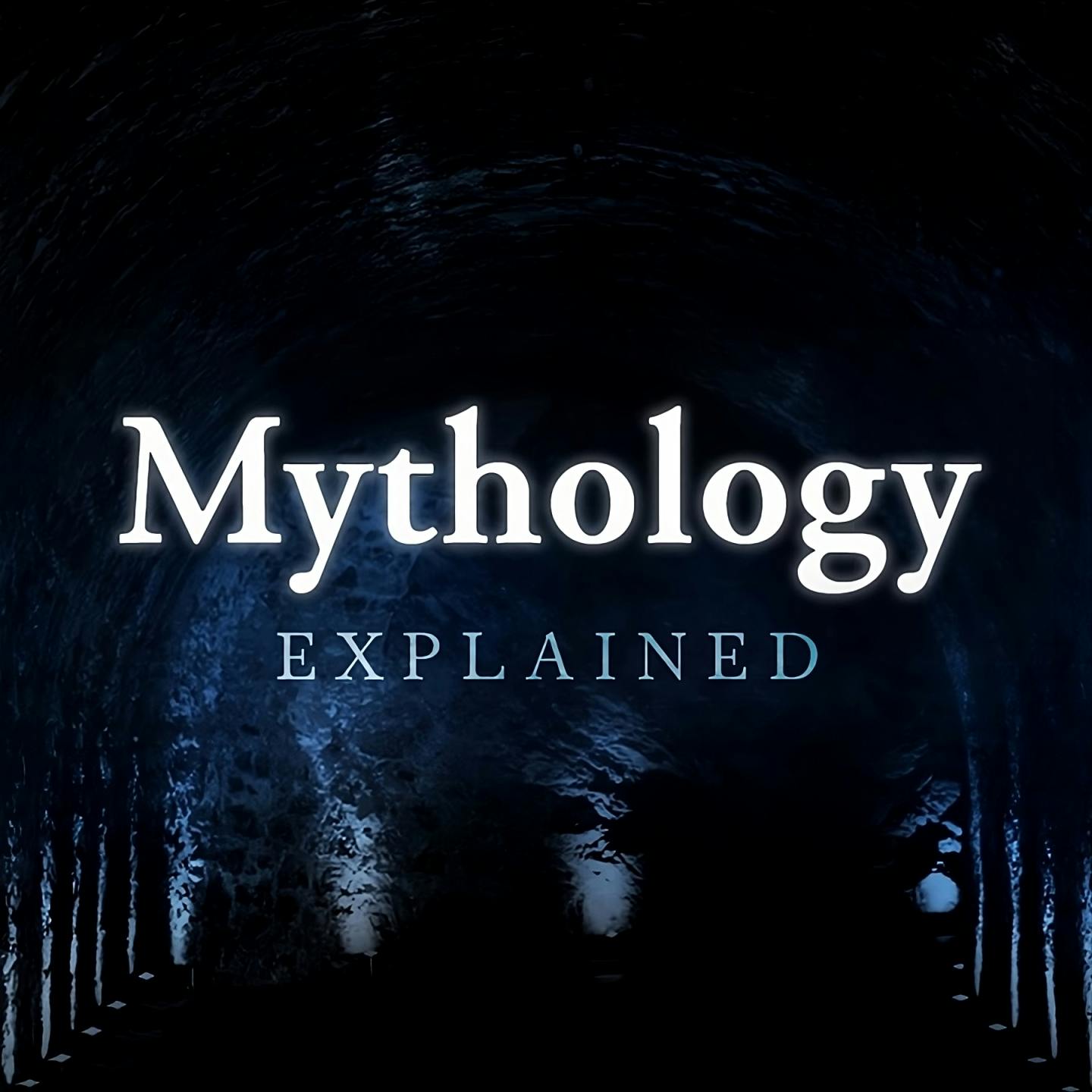
The Goddess Who Stole the Sun God's Power & Greatest Weapon

Mythology Explained
Shownotes Transcript
Hey everyone, welcome to Mythology Explained. In today's video, we're going to discuss Isis, the mistress of magic, the might of her magical mastery making her one of the most powerful gods in all of Egyptian mythology. As Weret-Hekau (meaning 'the Great of Magic'), she was sometimes depicted as a cobra who suckled and safeguarded the pharaoh, and with respect to defending Egypt's borders, she was said to be greater "than a million soldiers." She was the sister-wife of Osiris, ruling alongside her husband as the queen of creation; she was the mother and protector of Horus, the rightful king who would win back his father's crown from the usurper Set; she was the symbolic mother of every pharaoh, the pharaohs themselves symbolic incarnations of Horus; and she was the griever, preserver, and guardian of the dead. Her magical escapades and exploits include: poisoning the sun god and stealing his power, materializing appendages, reincarnating the king of the gods, taking the form of animals and of other people, transforming into a flint statue after being decapitated to preserve herself, conjuring up weapons that listen to her and respond to her bidding, and countless other examples - these named hitherto but a mere glimpse into the spells, sorcery, necromancy, and enchantment that were at her disposal. Alright, let's get into it. The cult of Isis had really risen to prominence by the first millennium BC, and in the fullness of time, she would become the most widely worshiped goddess in all of Egyptian mythology, a fact shown empirically by evidence of her cult having been found in places as far as Britain, this from when it was a Roman province. As her popularity spread, so did her sphere of influence, including more and more. She became a sea goddess of sorts, the protective power that was at her core helping ships survive treacherous waters and make it home safely.